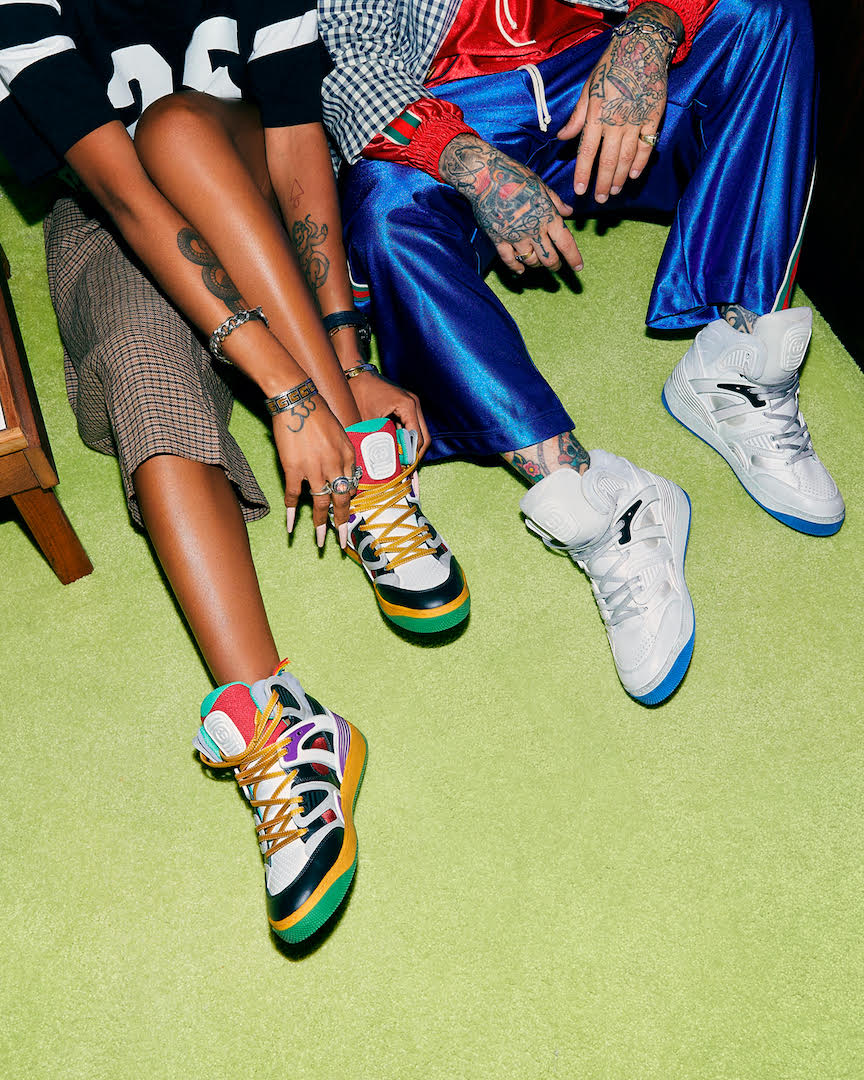Natural Materials Go Glam as Vegan High Fashion Takes Hold
Veganism is at an all-time high, its growing interest continuing to make a substantial impact on the food world. According to the Good Food Institute, sales of plant-based food sales grew by nearly three times the rate of total food sales between 2018 and 2020 and are up 45 percent in the last two years. Analysts predict this market to grow another 12 percent in the next six years and to be valued at more than $74 billion.
But another growing trend focuses on what you put on your body, not in it. Vegan couture is also hotter than ever. According to Lyst’s 2020 Conscious Fashion Report, searches for ‘vegan leather’ increased nearly 70% year over year. That bodes well for luxury fashion brands who are newly or increasingly focused on using alternative materials to mimic the look and feel of leather but without the hit to their social consciousness.
Dependence on leather, especially for shoe and handbag designers, has made it challenging for luxury fashion houses to wholly embrace vegan couture. Stella McCartney has pioneered vegan high fashion, eschewing leather and fur right from her launch and making the use of alternative leather a cornerstone of her business practice. Most recently, McCartney partnered with biotechnology company Bolt Threads to create her Falabella bag in Mylo,™ an alternative leather made from mycelium; mycelium is a fungi that forms the underground root structure of mushrooms.
Now Gucci has dipped a toe—or, rather, placed two entire feet—into the world of high-end vegan fashion with its launch of Demetra.
Calling it, “a new groundbreaking luxury material that combines quality, softness, durability, and scalability with an eco-friendly ethos,” Gucci unveiled Demetra to the fashion industry in Milan this summer with the introduction of three sneaker models: The Gucci Basket, Gucci New Ace and Gucci Rhyton.
“Born from Gucci’s desire to explore and innovate materials for the future, Demetra is the culmination of two years of research and development by Gucci’s own technicians and artisans,” said Gucci in a news release. “Produced entirely in Italy in Gucci’s factory, the new material is created using the same expertise and processes for tanning thereby achieving characteristics that give Demetra a distinctive, pliable and resilient performance, with a supple and luxurious finish.”
Marco Bizzarri, President and CEO of Gucci, noted in the release the edge a man-made product like Demetra may have because, “Unlike the majority of new materials being developed there are no impediments to scalability or limitations on volume, which often is a challenge for brands searching for scale and quantity.”
Gucci also said it intends to make Demetra available to the fashion industry “in the spirit of open innovation…as a new material source that can be customized to offer exclusive finishing, further facilitating application and differentiation.”
For now, other fashion houses are exploring their own alternative materials. Hermes, known for leather and exotic animal skins on its famed handbags, has announced they are embracing a leather alternative for their upcoming Victoria bag. The travel bag that usually comes wrapped in calfskin will now showcase another mushroom derivative, Sylviana.
Chanel famously banned the use of fur and exotic skins across its products in 2018. Shortly thereafter, they sent a gold boater hat made from Piñatex down the runway during their pre-fall 2019 Métiers d’Art show. Piñatex is an alternative leather made from plant fibers in the pineapple’s leaves and stalks. While Chanel’s foray into the land of the pineapple has not yet yielded additional harvests, Hugo Boss launched an entire line of men’s sneakers using the material in 2019.
Chloe and Tommy Hilfiger have also each flirted with vegan products, making handbags and sneakers, respectively, out of apple skin. Bottega Veneta, introduced a collection of vegan handbags using paper in 2012. In 2020, they launched the Kraft Paper collection, which replaces the leather on its popular Pouch collection of bags with 100% recycled, and FSC-certified, corrugated cardboard paper.
The company uses a special process combining polyurethane and microfiber to make the bags waterproof and a magnetic frame to give them structure. Of course, it should be noted that the interior of the Kraft Paper bags is lined in calf leather. Baby steps.
*Article posted with permission from Coldwell Banker Global Luxury
.png)




